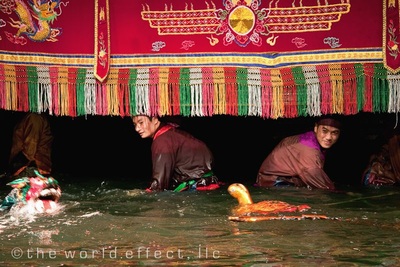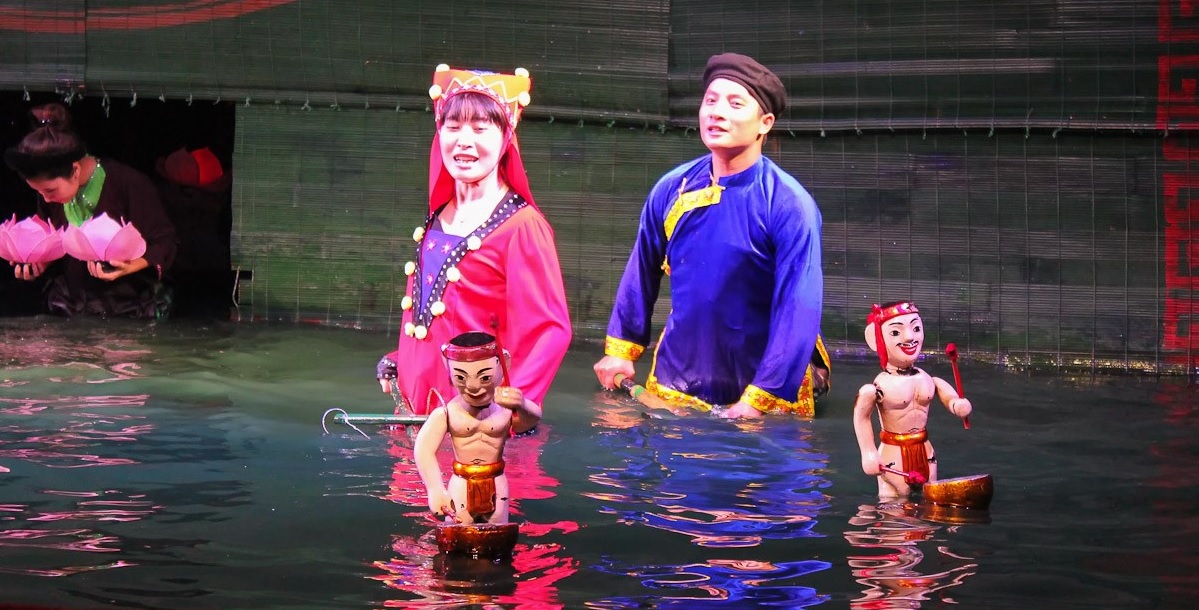

Structures explode in a dazzling blaze as string mechanisms activate them from a distance. For example, two wrestlers fight or rice pounders pound. Structures of firecrackers consist of layers approximately 40 centimetres square, which are hung with firecrackers and strung with figures. Display figures of dancing girls or drummers made of light wood are also set outside to be danced by the wind.įirecracker-activated figures are widespread. Kites often represent characters, seen in manipulated puppet form. Wind activated figures like kites are a significant art for display and competitions. Masks and body puppets made of papier-mâché and cloth are used for lion dance and other performances.
:max_bytes(150000):strip_icc()/GettyImages-643028186-c541846f21064ad184b14abac0ed01fa.jpg)
Children’s games include dances of the four sacred animals (dragon, unicorn, tortoise, and phoenix). Toy puppets include den keo quan (paper lantern with moving figures) which are comparable to shadow puppetry in technique. Water puppets are probably Vietnam’s most distinctive contribution to world puppetry. Thus puppetry in various forms has existed since at least the 11th century in many variations from proto-puppets (including toy puppets, wind puppets, firecracker puppets, and mechanical figures) and stage puppets (which are customarily divided into land puppets and water puppets). But puppetry until the l980s was essentially a folk art. During the French colonial period a troupe (Run Company) from Thach Khe was brought to the colonial exhibition in Europe. Under the Later Le Dynasty (1428-1788), puppetry was largely left to village performers and its designation as an art of the people rather than the aristocrats prevailed through subsequent regimes. In 1293, during the Tran Dynasty (1225-1400), an official reported that he saw rod puppets at the Vietnamese king’s banquet. It describes the king’s birthday performance with a swimming tortoise and fairy dancers – scenes that remind us of figures seen in the beginning of the 21st century.

The first reference to water puppets or water puppetry ( mua roi nuoc), also in the Ly Dynasty (1010-1225), is a 1121 inscription from the Long Doi Son Pagoda in Ha Nam. The Complete History of Dai Viet tells that in 1021 CE for the birthday of the king a miniature mountain that included flying birds and running animals manipulated by puppeteers was displayed.

At Thay Pagoda in Thai Binh province where a water puppet stage from the Later Le period (1428-1788) in Long Tri Lake faces the sanctuary performances as part of the annual temple festival continue today. Puppet stages may be part of temple complexes. Puppet statues are used in funeral ceremonies of the Bahnar and other ethnic groups. In Thay Pagoda in Ha Tay province is found a votive statue of King Ly Than Tong with movable jointed wooden parts. For example, in Dong An in Hai Hung province large male (Dung) and a female (Da) figures made of bamboo and papier-mâché are danced in procession. Puppetry is often associated with ritual. Roi means puppet in Vietnamese and we find the name attached to villages, pagodas, and pools where water puppetry has been practised. The country was reunified in 1976 after the North Vietnamese victory in 1975. In the past, Vietnam was intermittently part of other empires and nations: of Imperial China (from 111 BCE to 938 CE) – after which successive Vietnamese royal dynasties flourished as the nation expanded geographically and politically into South East Asia –, a colony of France (1862-1954) and, for the ensuing twenty-two years, a country divided into North and South Vietnam, which led to military intervention from the United States of America on the side of the South resulting in the Vietnam War. As it is officially known today, the Socialist Republic of Vietnam (SRV Cộng hòa Xã hội chủ nghĩa Việt Nam) is the easternmost country on the Indochina Peninsula in South East Asia.


 0 kommentar(er)
0 kommentar(er)
